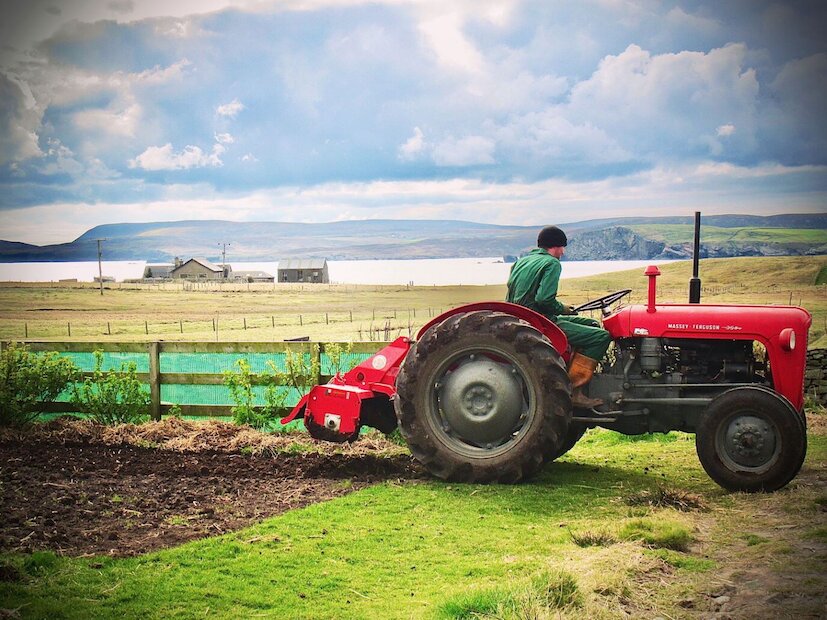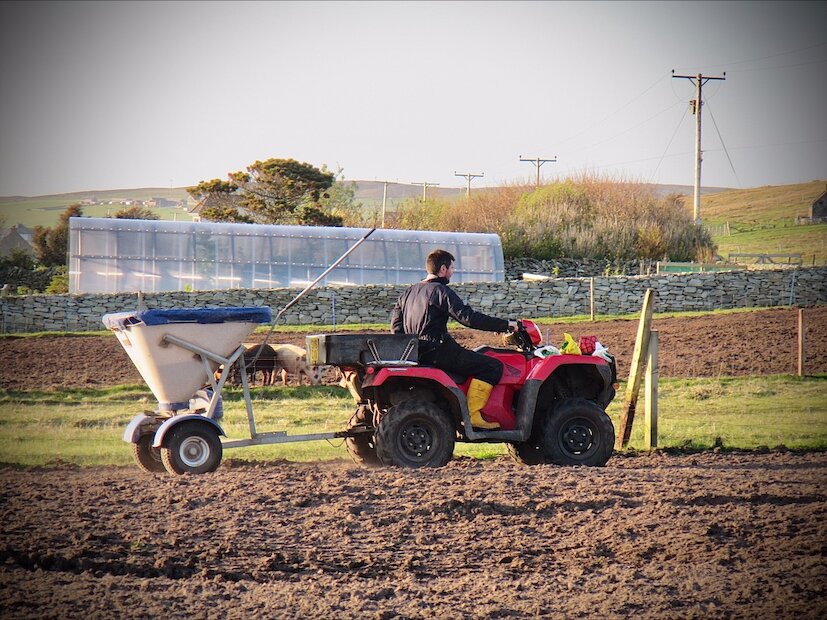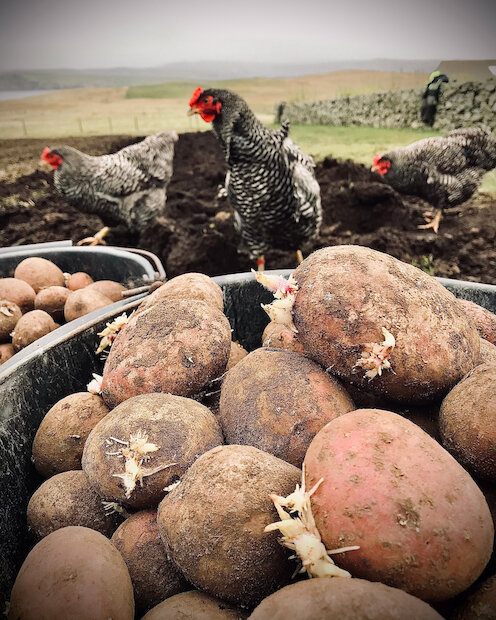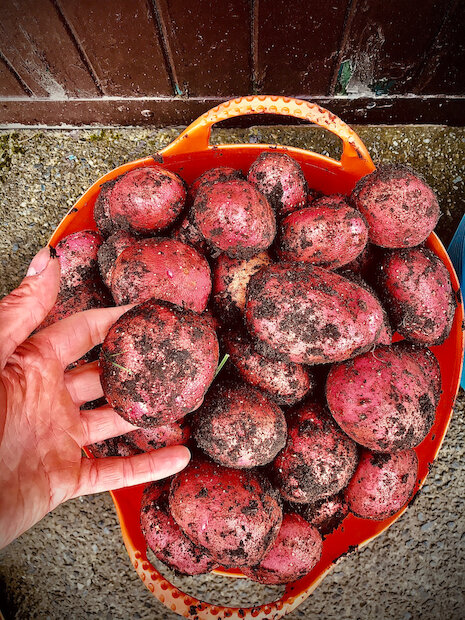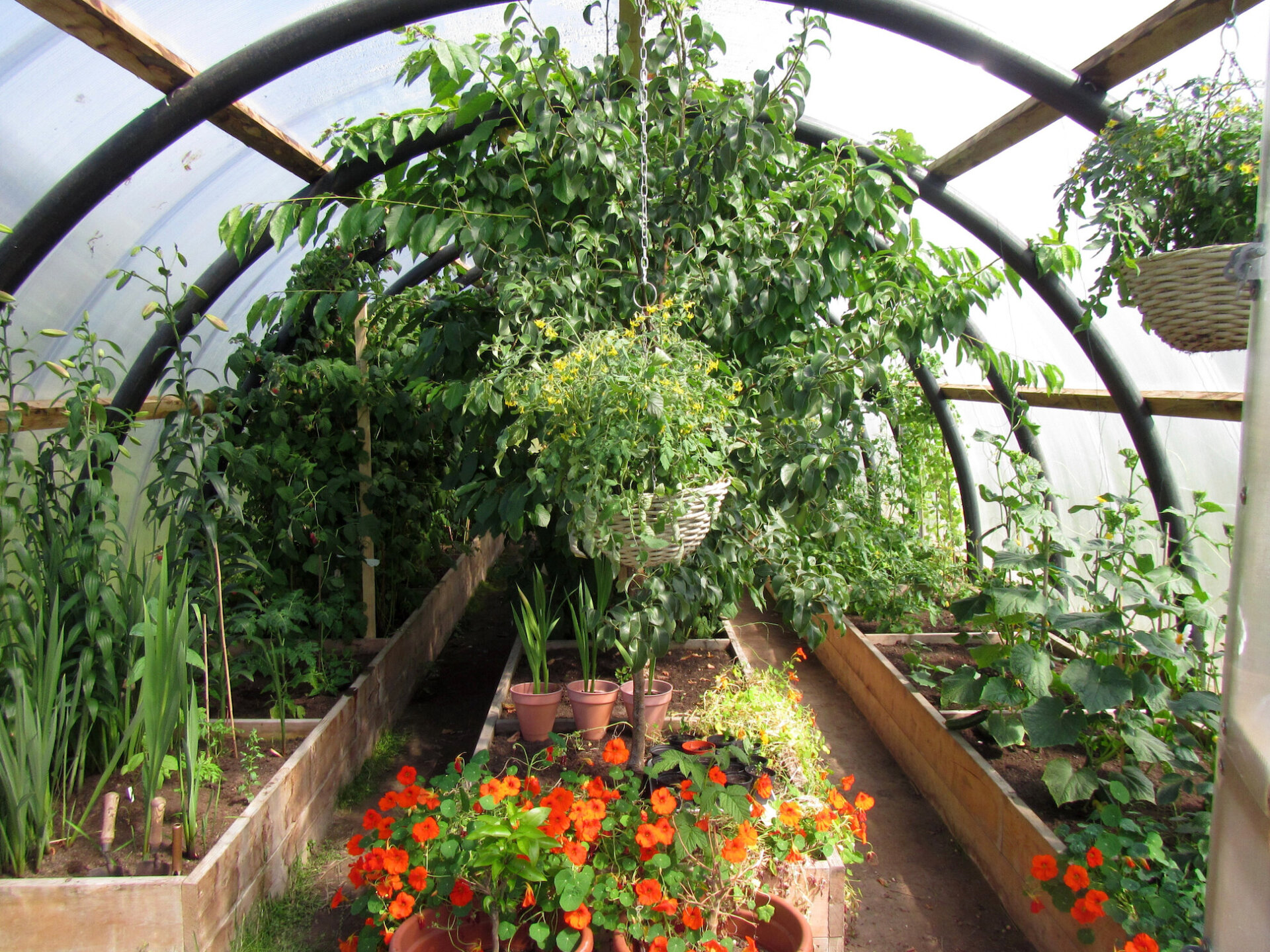Most settlement in Bressay mirrors the western coast of the island, a reflection of generations of economic and social stimulus provided by the establishment and expansion of Lerwick, today a short ferry journey away.
Garths Croft is similarly positioned, looking across the southern limits of the harbour towards the Ness of Sound, the lights of the capital and associated maritime traffic clearly visible as darkness falls. As March begins, thoughts naturally gravitate towards increasing daylight hours.
This is most noticeable through observing where the sun sets behind the hills of the Shetland Mainland, its trajectory shifting in a northerly direction and its orbit increasing in elevation, a contrast from the low, oblique and beautiful midwinter light.
Snowdrops and crocuses have been visible for weeks, daffodils following a little behind and lush buds form on the trees within the sheltered confines of the drystone yard. Towards the middle of the month, the first skylark will be noted singing a wonderful, burbling call and the fruit trees in the polycrub will transition into a superb, fragrant blossom.

